Lenovo is fueling champion motorbike racers on and off the track as the key technology partner for the Ducati MotoGP racing team.
The Circuito de la Comunitat Valenciana racetrack is about 40-feet-wide and just under 2.5-miles-long. But it’s not the distance riders competing in the MotoGP Valencian Grand Prix must worry about. It’s the turns — 14 treacherous curves requiring the competitor to shift his body nearly parallel to the ground, his kneeslide lightly skimming the surface of the asphalt as the motorcycle floats just inches from the earth.
When Andrea Dovizioso of the Ducati MotoGP team blazed past the finish line of the tricky Spanish course in November, taking first place by just 2.7 seconds, he had behind him years of training, one of the fastest bikes in the world and more than 100,000 spectators cheering on his quest for unadulterated speed. He also had Lenovo.
The global technology company was a recent addition to Dovizioso’s arsenal. In April 2018, Lenovo became the premier technology partner for the Ducati MotoGP team. Lenovo’s award-winning PCs, tablets and high-performance servers are now fueling world champion motorbike racers.
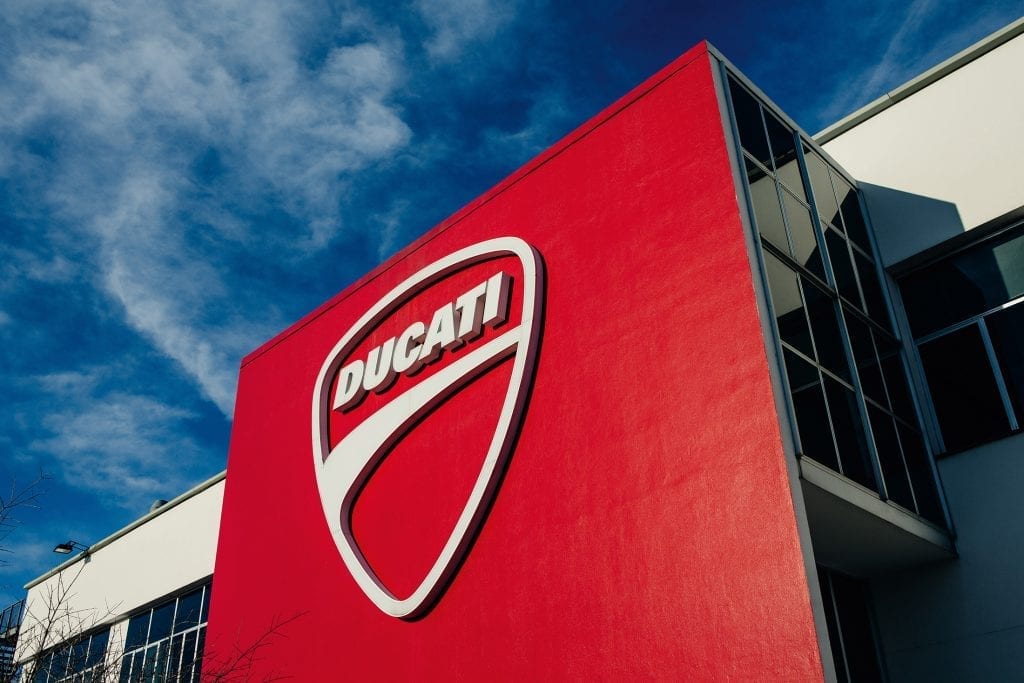
A Lenovo-Ducati partnership may initially seem a strange pairing. Ducati manufactures beasts of speed and metal — and has been doing so out of its Bologna factory for generations. Lenovo is a 34-year-old company best known for developing technology for personal and business computing.
“We know how to create high-performance racing and road bikes,” said Konstantin Kostenarov, the Chief Technical Officer of Ducati. But given the paradigm shift the motorcycle industry is facing, they had to undergo a “digital transformation” into a “data-driven company.”
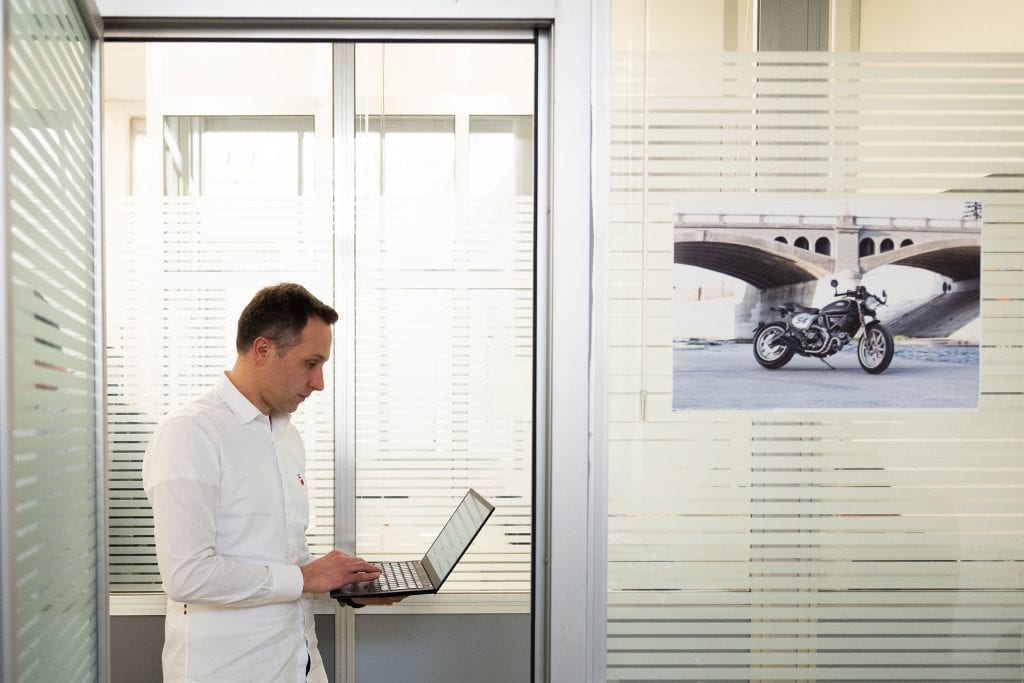
Lenovo was the logical choice for facilitating Ducati’s leap into the 21st century, given its track record in designing the “latest technology” and providing “high-level services,” according to Kostenarov.
Ducati MotoGP teams have already begun harnessing Lenovo technology on and off the track. The crew on the sidelines uses Lenovo mobile workstations and laptops to track a slew of data transmitted from the motorbike during races and training sessions — everything from track and weather conditions to the bike’s velocity and gear shifts. A single vehicle is equipped with no fewer than 50 sensors, which can collectively aggregate more than 20 GB of data.
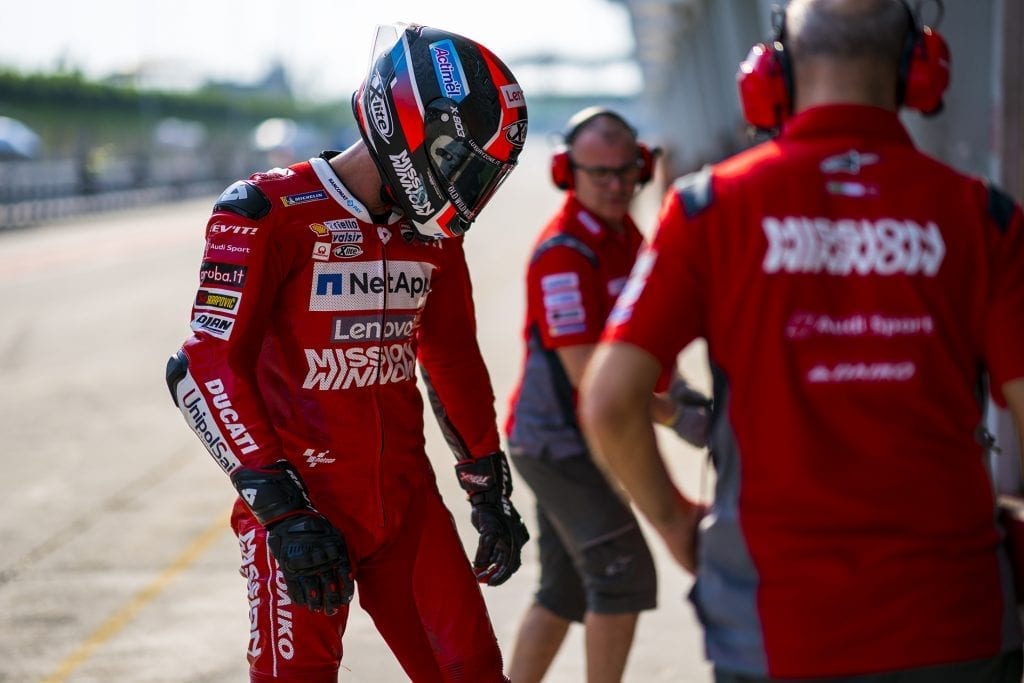
Where once racers relied on intuition and guesswork to determine the day’s conditions, now they can track the minutiae of their vehicle and its surroundings to optimize each race and practice. A particularly slick track means the brakes get a tweaking. A windy afternoon calls for gentler turns. It’s all analyzed by dozens of Lenovo devices computing at a rate faster than any motorcycle racer could hope to travel (at least in our lifetime). This data even serves future racers; designers use information gleaned from sensors to inform and shape the designs of new parts and models.
“Racing activity is the test bench for new technology before it enters into mass production and becomes implemented in large numbers,” explains Stefano Rendina, the Ducati Corse IT Manager.
The technology piloted on the track is implemented in Ducati road bikes to ensure customers experience the sleekest, smoothest and safest rides possible. Thanks to Lenovo’s High-Performance Computing (HPC), Ducati can adapt its racing technology to the road with unprecedented speed and security.
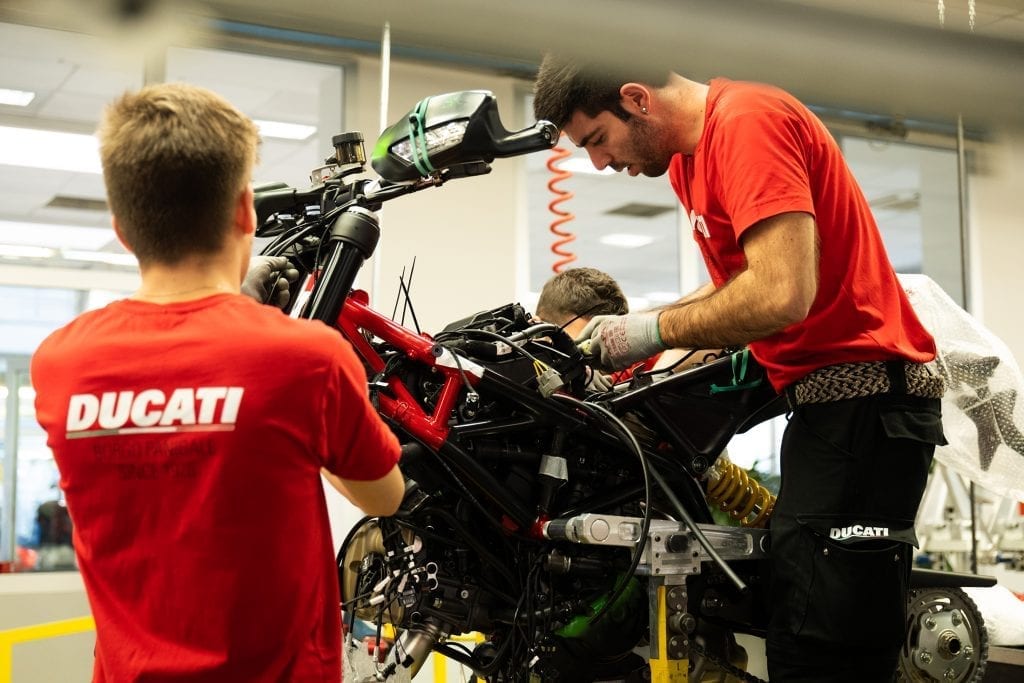
“In racing, we know how to collect a huge amount of data and analyze this data in such a
way that it can give us the advantage to win the race,” Stefano Rendina. This process, of quickly translating data to the bike interface, “is directly transferred to our road bikes.”
The qualities that make the ThinkPad P1 — Lenovo’s thinnest, lightest workstation — desirable to the average consumer are indispensable on a race course. A life in the racing lane is rough-and-tumble. With racers’ lives at stake every day on the track, you can’t be worrying about computing errors or failures.
In any given month, the Ducati racing team could be zooming across a sand-blown track in the heat of a Middle Eastern summer or navigating winding roads in Eastern Europe. The technology, like the motorbike, must be built to withstand it all.
With Lenovo, computational information “can now be shared with remote sites,” Kostenarov said. “We have more power, more security, and more possibilities to use the technology.”
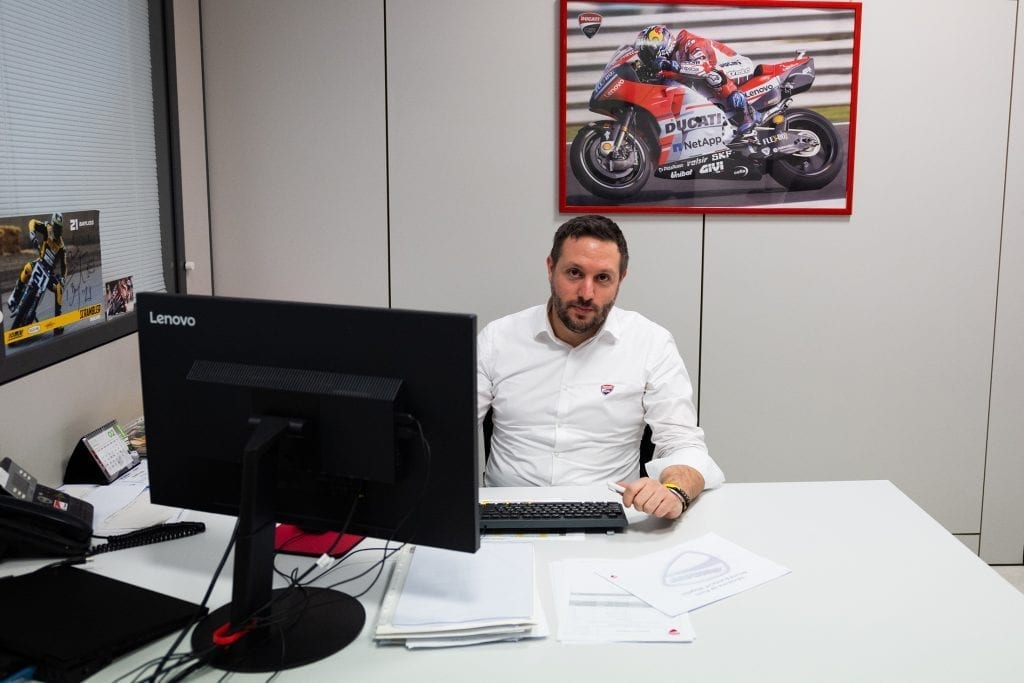
Plus, said Rendina, “the P1 is exceptionally light at under 4 pounds, and when you work in MotoGP, “our job is already really heavy!”
“Ducati has invested a lot of time in thinking of the new ideas that can help us to be first on the podium,” Rendina said. “The best thing to do to arrive first is to invest in new ideas, new technologies, and new solutions to be more competitive.”
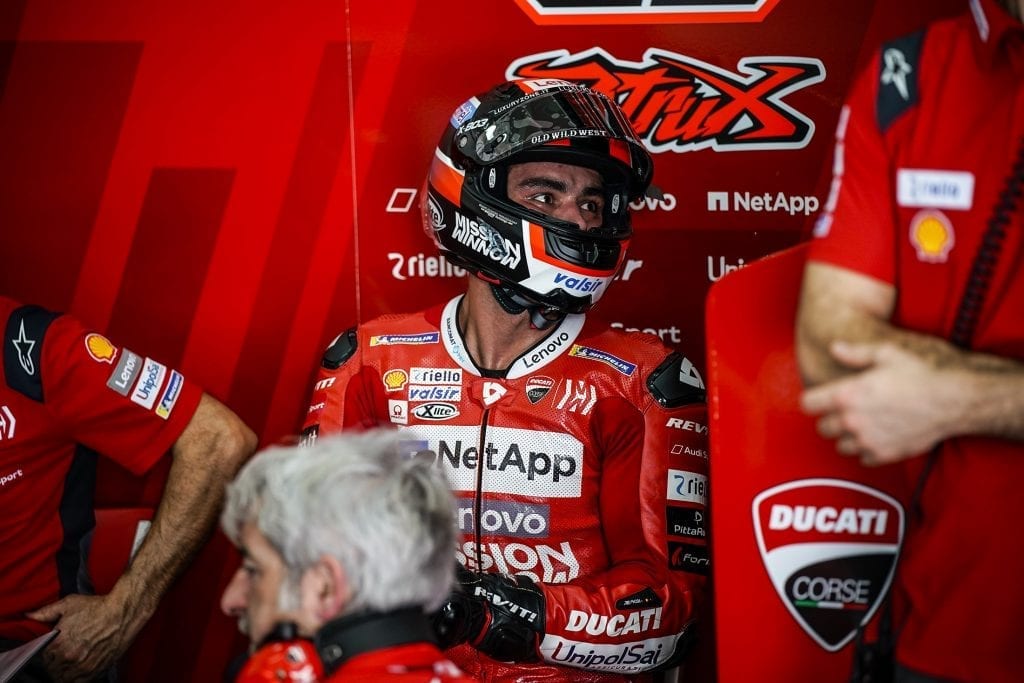
There is one element of racing technology can’t — and probably shouldn’t — fundamentally alter. That is, the emotional connection between bike and racer. At the end of the day, it is not tech alone that wins races, but the skill, expertise and intuition of the human piloting the machine.
“We cannot lose the emotional [element] that comes from riding a motorcycle,” Kostenarov stressed. But it can be enhanced. As Ducati and Lenovo continue to push the limits of their respective crafts, the next frontier for the partnership might just be inside the racer’s helmet.
Kostenarov envisions helmets equipped with augmented reality (AR) that inform the racer of crucial information, like race time, bike velocity, and upcoming dangers on the course.
“We don’t change our riders’ experience by using robots and on the track side,” he said. “It’s the human interactivity with the technology — that’s what makes the difference.”
